Photos of the Radio Telescopes that Converse with the Universe
Gaze at six wondrous radio telescopes from Australia to Latvia.
The Very Large Array in New Mexico. (Photo: taylorhatmaker/CC BY 2.0)
By 1931, an employee of the Bell Telephone Laboratories, Karl Jansky, had spent a lot of time listening to interference on telephone lines. Since joining the company in 1928, his job had been to assess the unidentified forms of static. To do so, he built an antenna that rotated on four Ford Model-T tires. Through this early instrument, which became known as Jansky’s Merry-Go-Round, and months of patience, he identified the source of the static–the Milky Way.
Since the days of the Merry-Go-Round, the field of radio astronomy has developed as a means of examining the universe. By using a radio telescope, it’s possible to tap into these radio waves and collect information about stars, galaxies, and even, in the case of the ALMA telescope in Chile recently, the birth of a planet.
These vast structures, which quietly and constantly scan the Universe for information, are usually positioned in remote areas to reduce interference from other radio signals. If you did live near one, such as the Green Bank Radio Telescope in West Virginia, you would find yourself in the “Quiet Zone”, where cell phones are prohibited.
Below, take a tour of some the most fascinating radio telescopes around the world.
6. Ventspils International Radio Astronomy Center
Irbene, Latvia
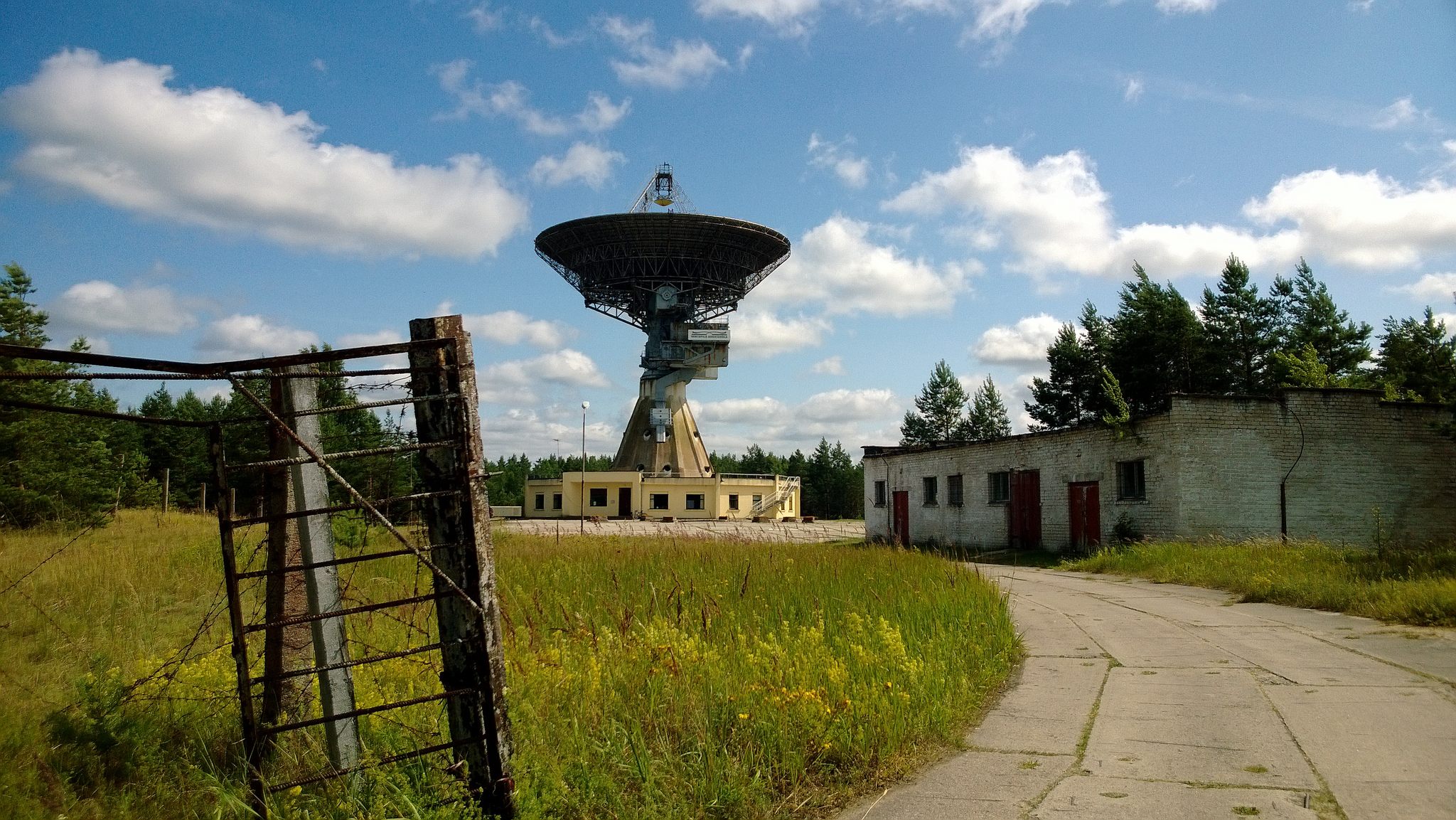
(Photo: Heikki Mäki/CC BY 2.0)
This radio telescope, situated on the Baltic Sea, was a secret from the world until Latvia’s gained independence in the early 1990s. Also known as Rt-32, it was reportedly used by the Soviets to spy on Europe.
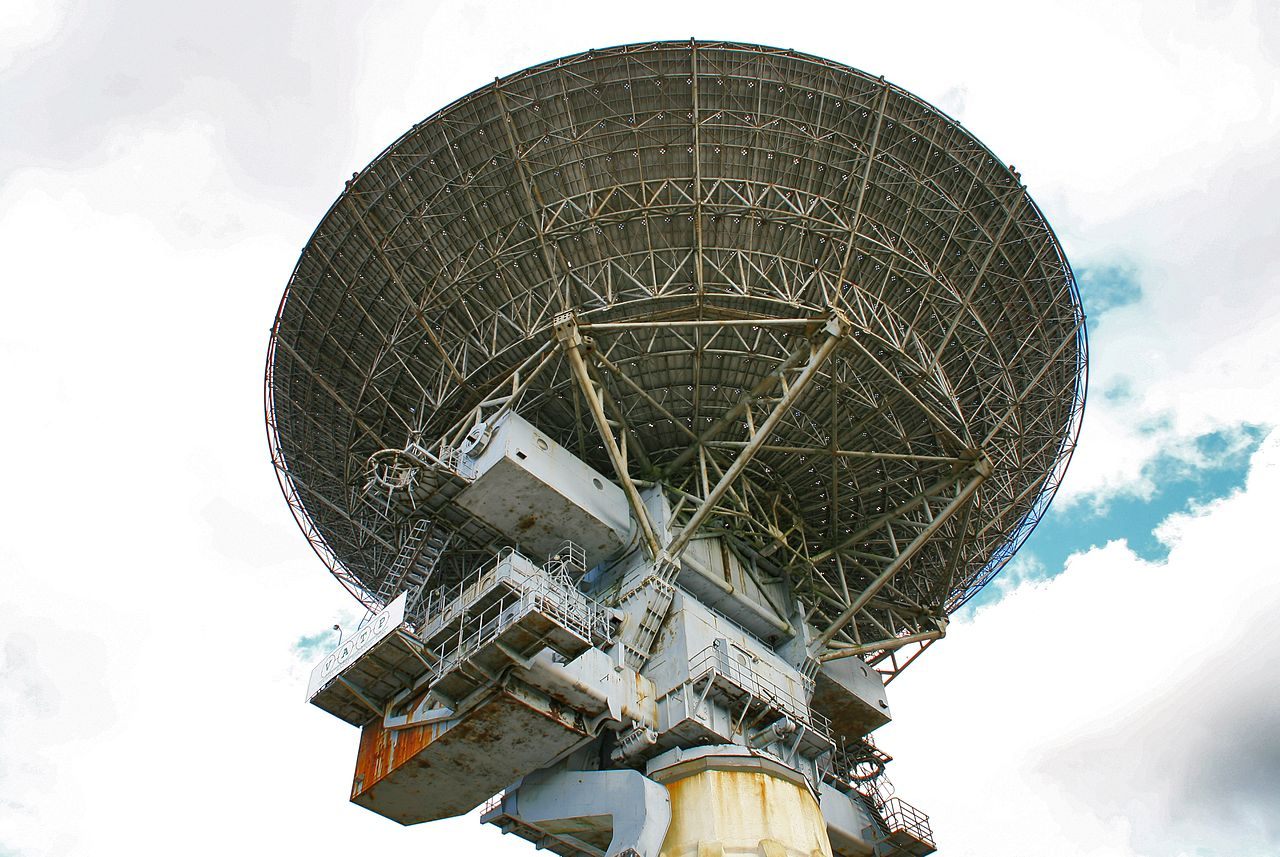
(Photo: Laima Gūtmane (simka)/CC BY-SA 3.0)
5. Robert C. Byrd Green Bank Telescope
Green Bank, West Virginia
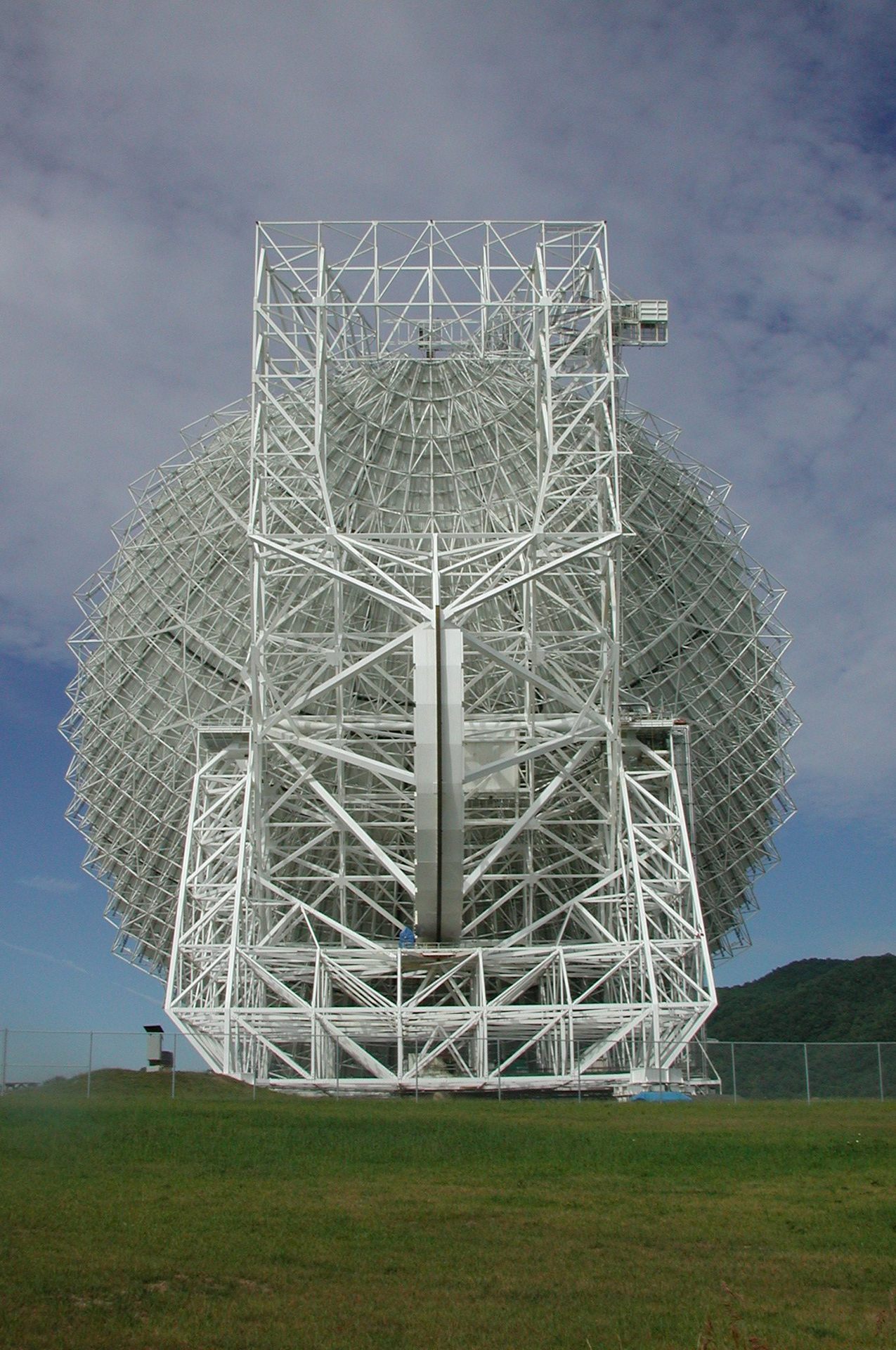
(Photo: NRAO/AUI/NSF/CC BY 3.0)
The Green Bank Telescope in West Virginia is 485 feet tall, weighing in at over 17 million pounds, and is the world’s largest moveable land object. It has a base of concrete that extends 25 feet underground. Perhaps unsurprisingly, local residents have apparently taken to changing the acronym GBT to something more fitting: “Great Big Thing.”

(Photo: NRAO/AUI/NSF/CC BY 3.0)
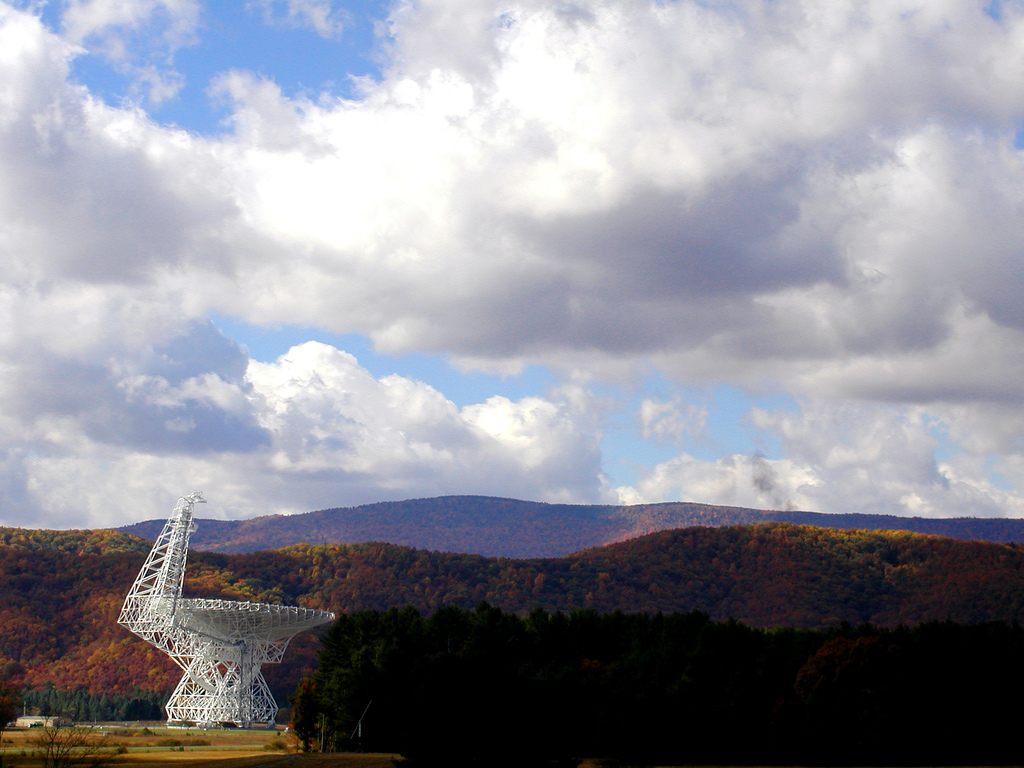
(Photo: Ben/CC BY 2.0)
4. Atacama Large Millimeter/submillimeter Array (ALMA)
Llano de Chajnantor Observatory, Chile
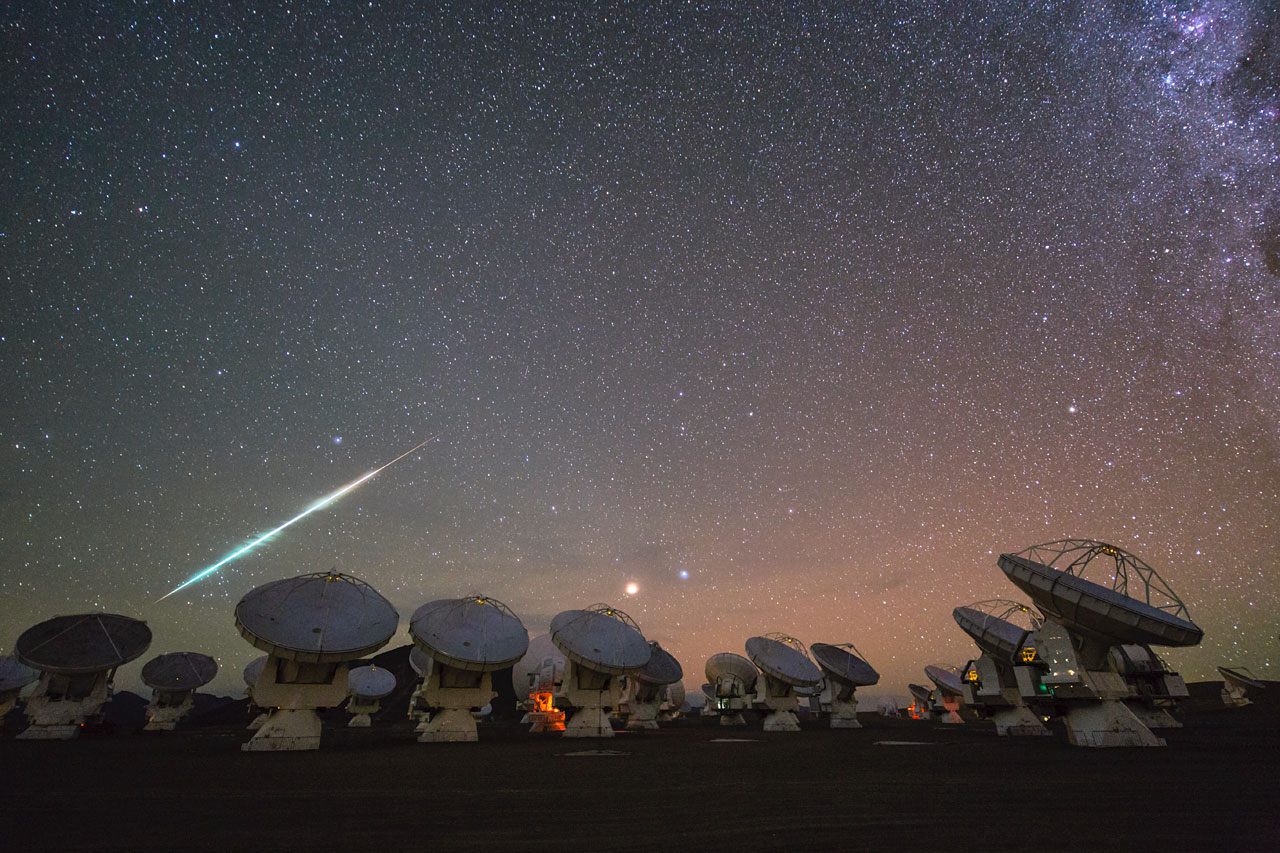
(Photo: ESO/C. Malin)
High in the Chajnantor plateau, in Chile’s Atacama desert, is the Atacama Large Millimeter/submillimeter Array, which has fortunately been shortened to ALMA. This international collaboration consists of 66 dish antennas that work together and cover an area of 71,000 square feet. The height of the plateau–16,500 feet–means that oxygen and a team of paramedics are on site for employees.
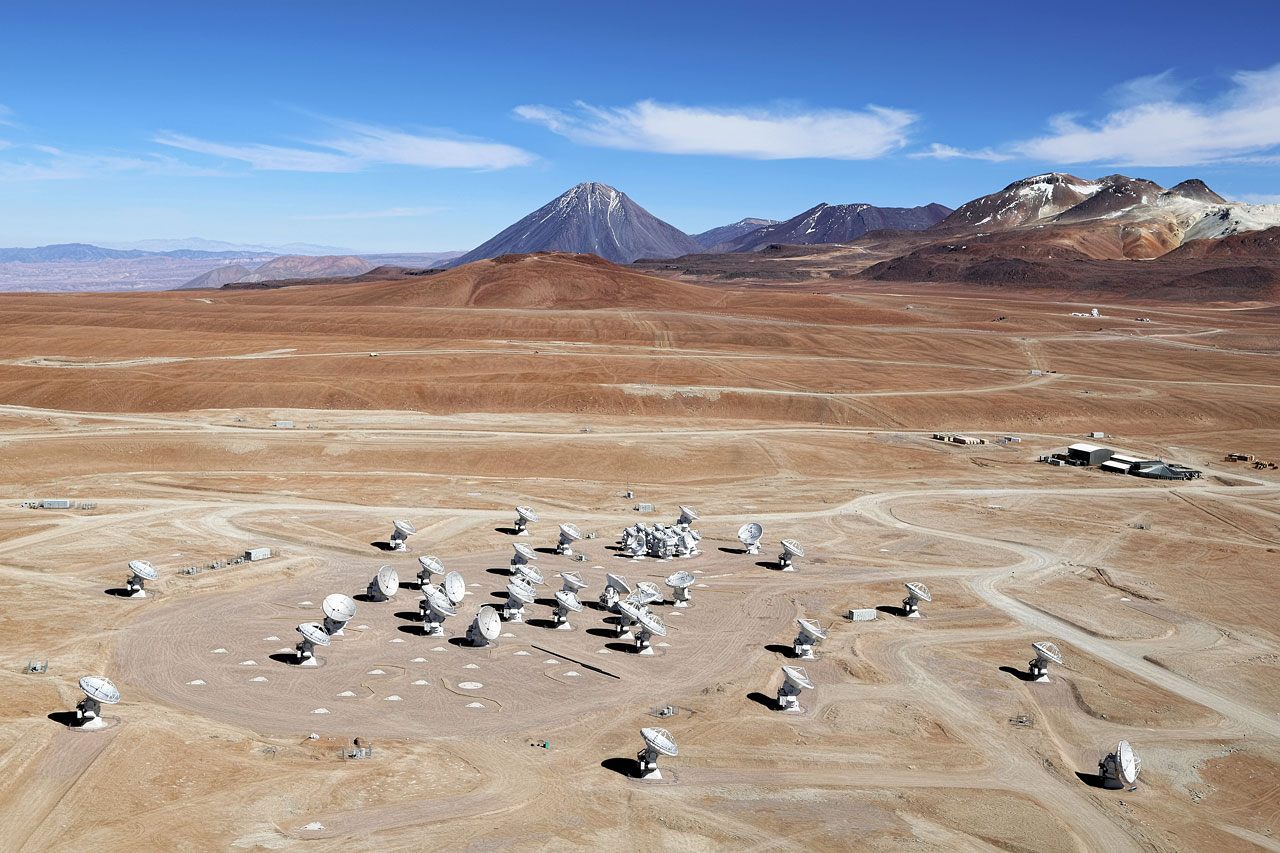
(Photo: Clem & Adri Bacri-Normier (wingsforscience.com)/ESO)
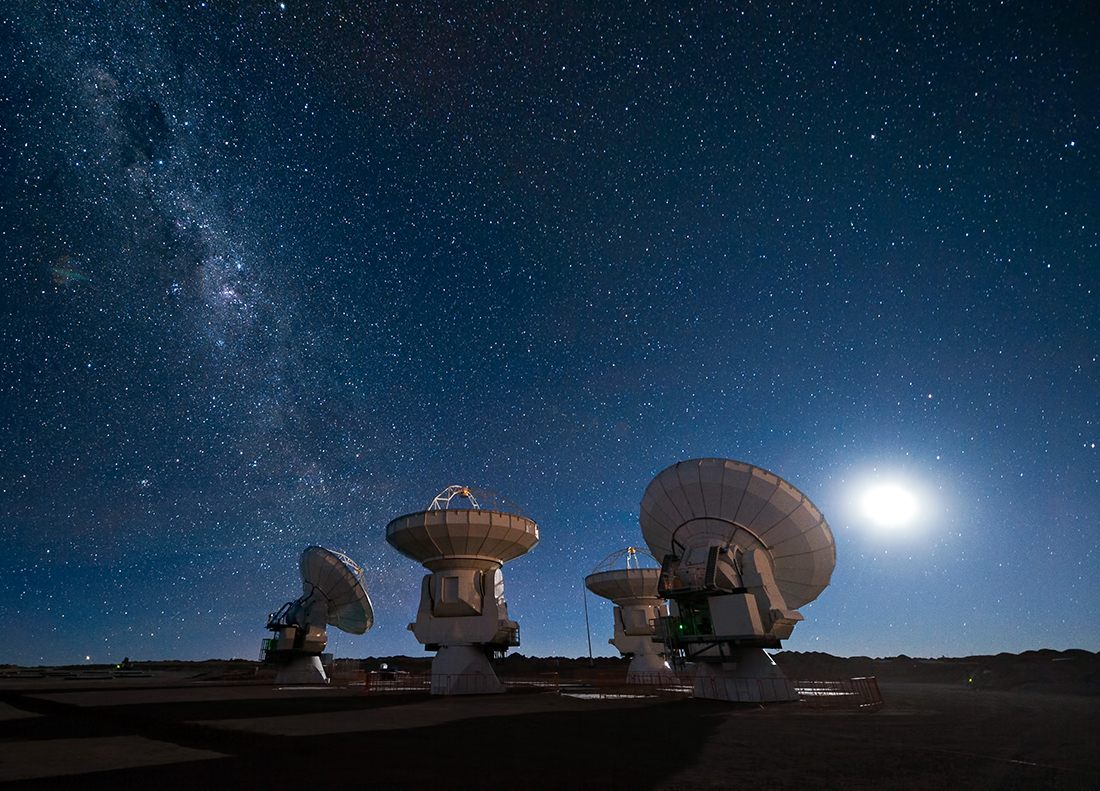
(Photo: ESO/José Francisco Salgado (josefrancisco.org)/CC BY 4.0)
3. Westerbork Synthesis Radio Telescope
Westerbork, Netherlands
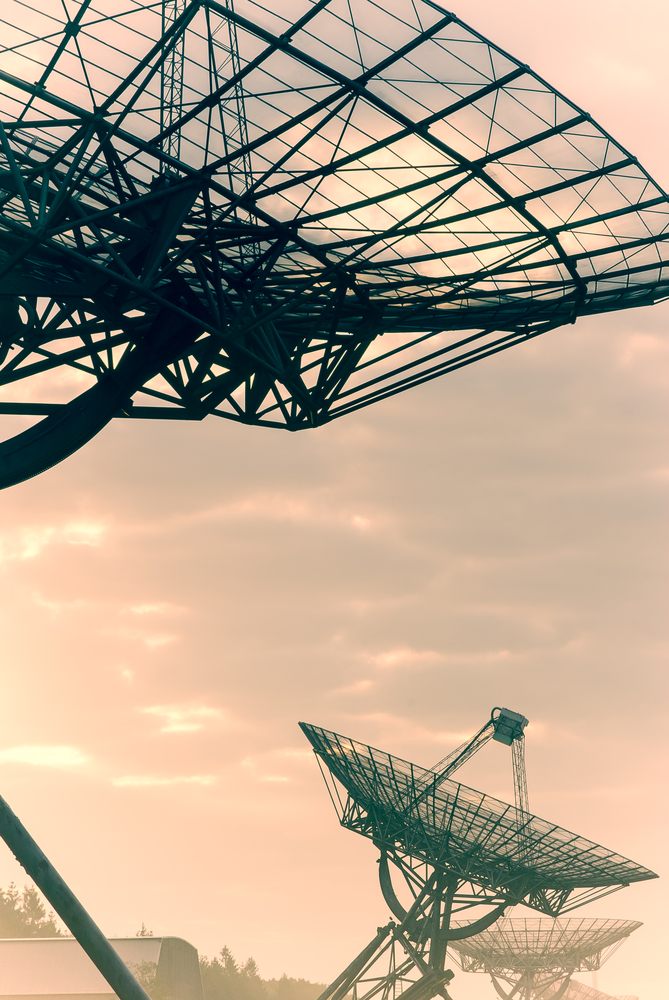
(Photo: Fotografiecor.nl/shutterstock.com)
Situated in the Netherlands, the Westerbork Synthesis Radio Telescope–WSRT–consists of an array of 14 antennas arranged in a neat east-west line.
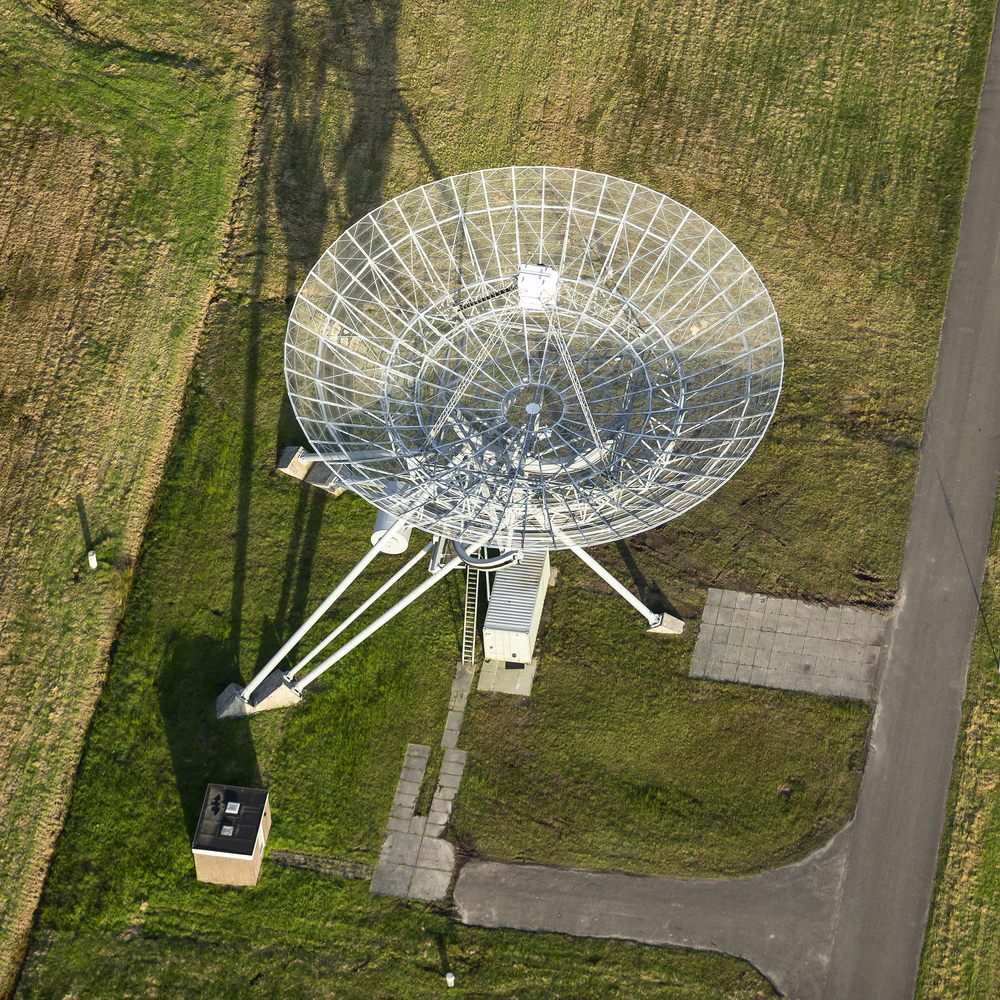
(Photo: Aerovista Luchtfotografie/shutterstock)
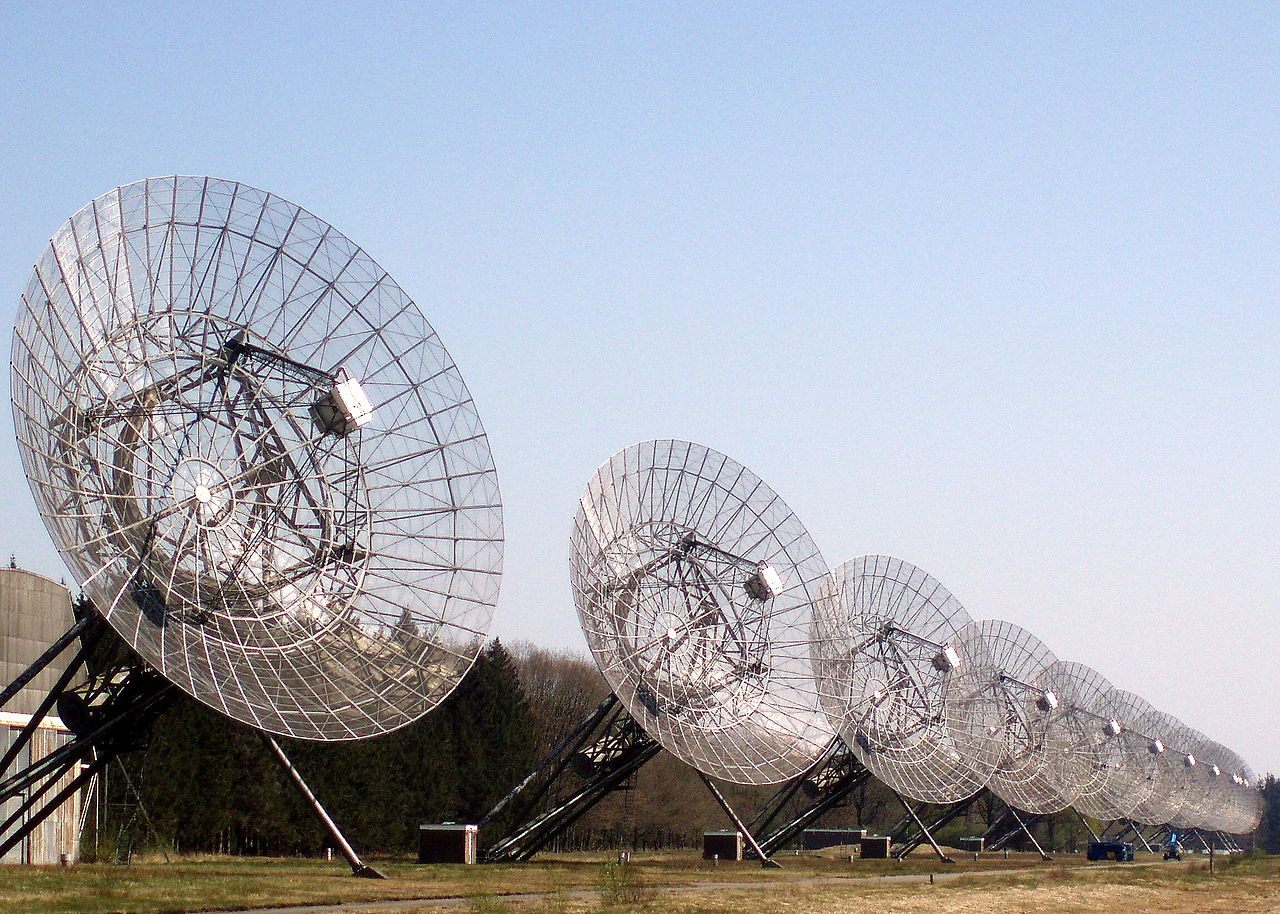
(Photo: Onderwijsgek/CC BY-SA 2.5 NL)
2. Karl G. Jansky Very Large Array
Datil, New Mexico
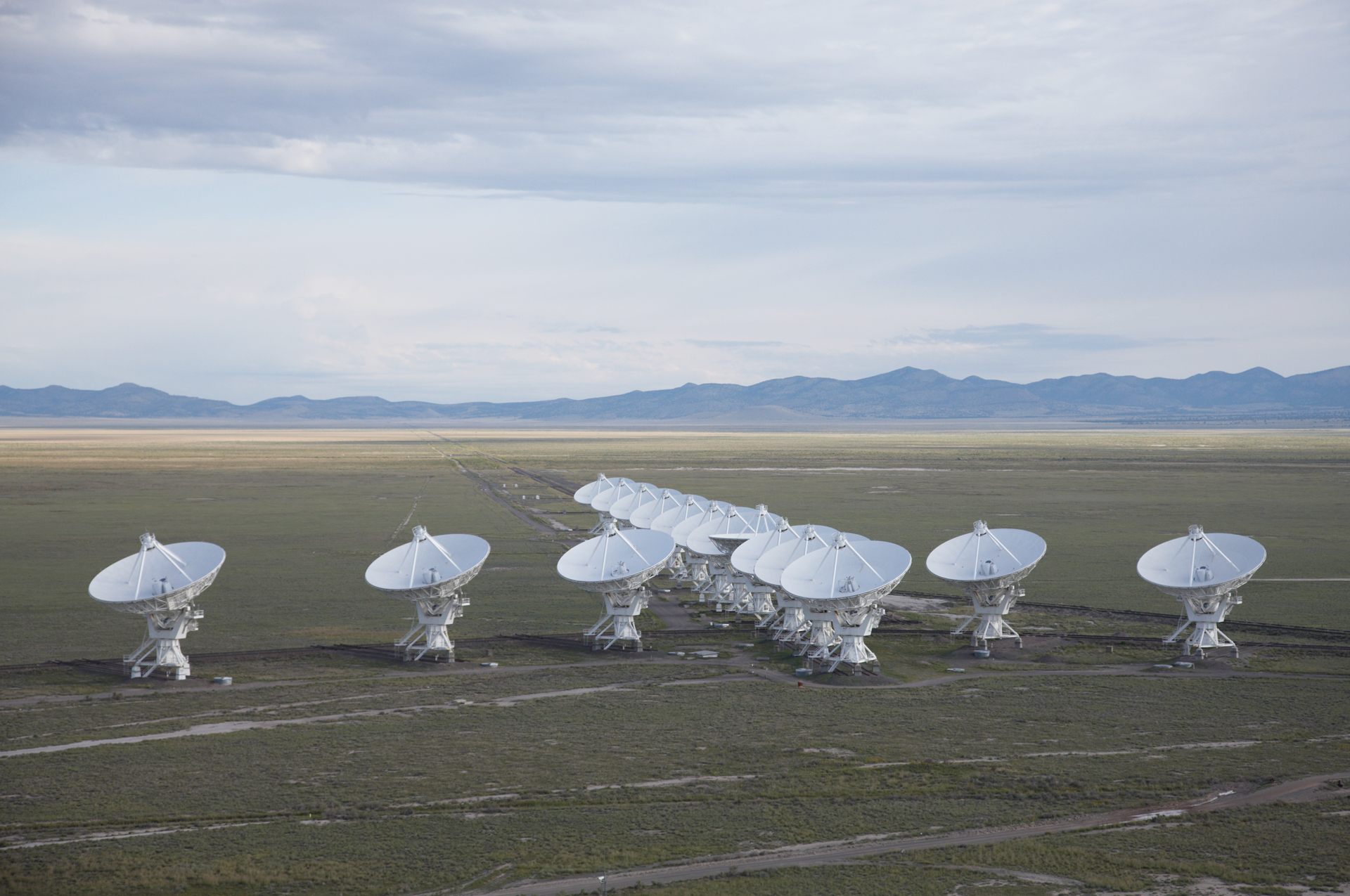
(Photo: NRAO/AUI/NSF/CC BY 3.0)
These 27 dishes, arranged in a Y formation, are known as the Very Large Array, or VLA. They sit on the Plains of San Agustin, far from cities and any associated radio interference. In addition to helping the radio signals, the landscape also adds drama–the site featured in the film Contact.
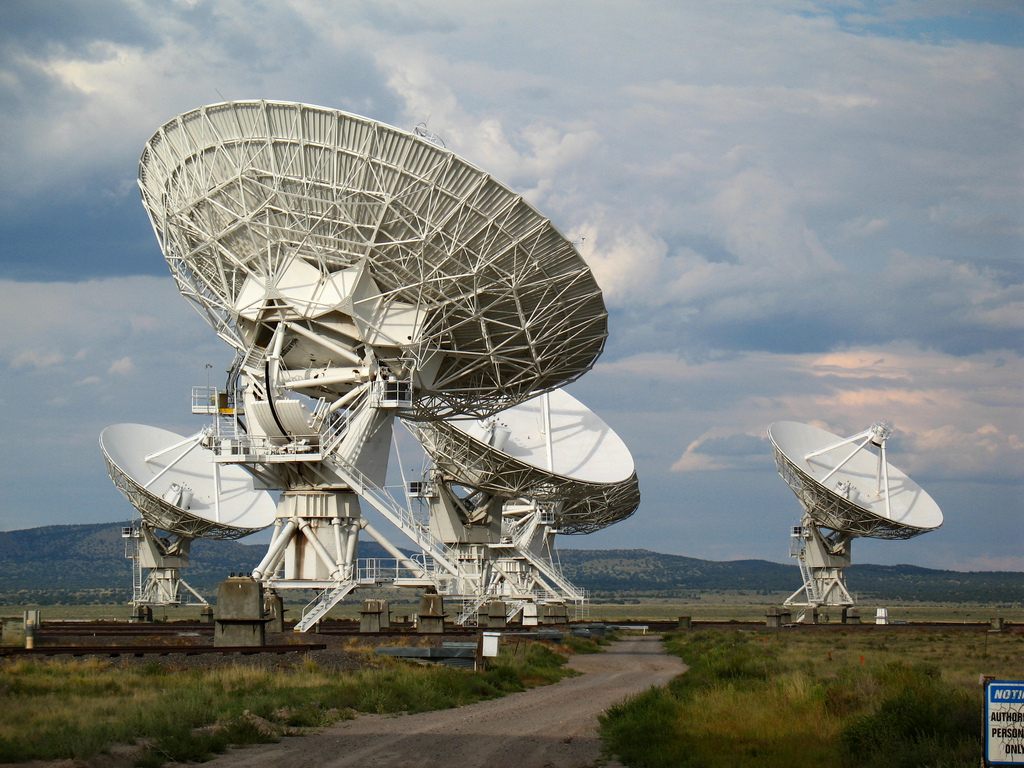
(Photo: Luke Jones/CC BY 2.0)
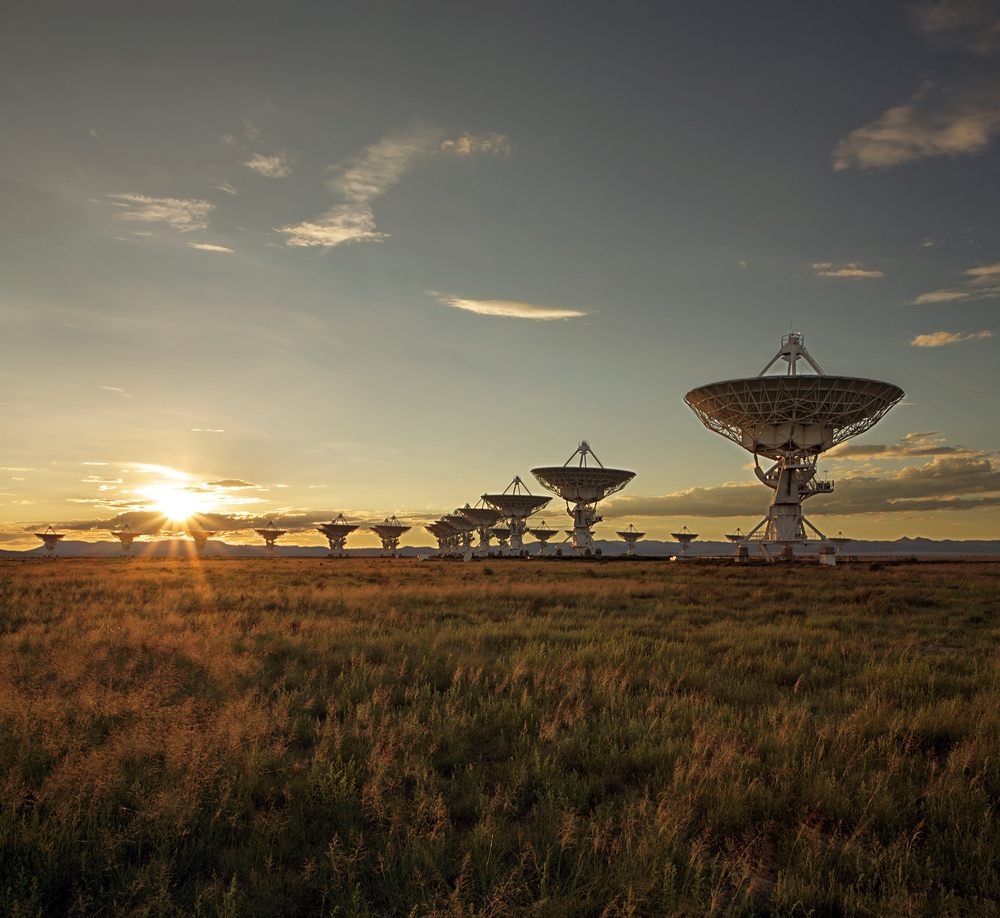
(Photo: Matt Tilghman/shutterstock.com)
1. Parkes Radio Telescope
Parkes, Australia

(Photo: Amanda Slater/CC BY-SA 2.0)
In New South Wales, some 230 miles from Sydney, is the town of Parkes. The Parkes Radio Telescope was erected in 1961 and has a significant history–it was one of the three telescopes used to receive signals from the Apollo 11 moon landing in 1969. It is still in operation, 24 hours a day.
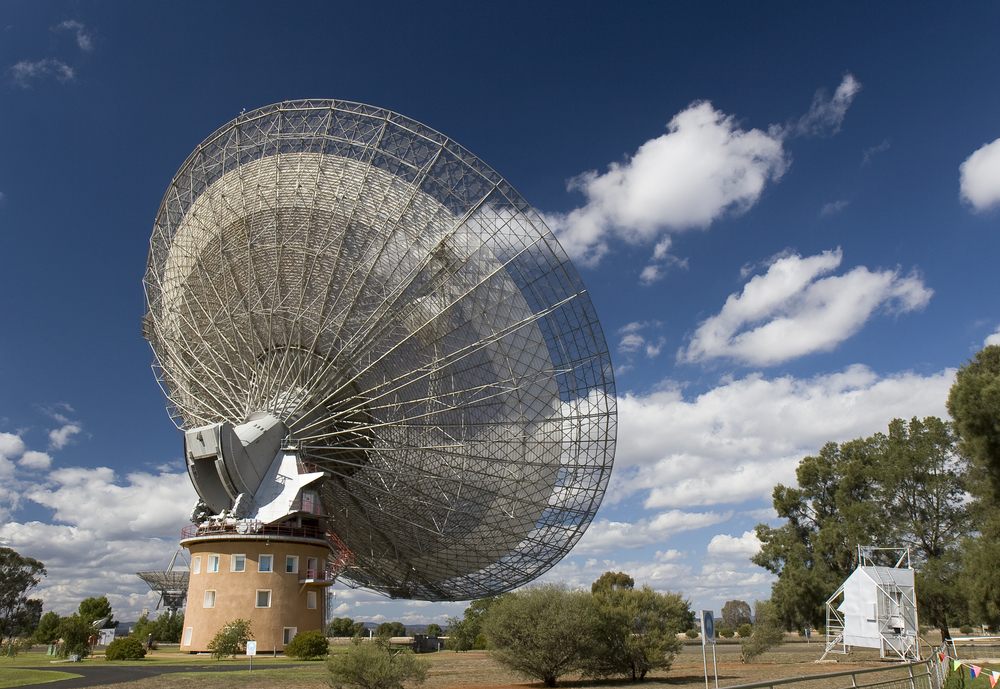
(Photo: ribeiroantonio/shutterstock)
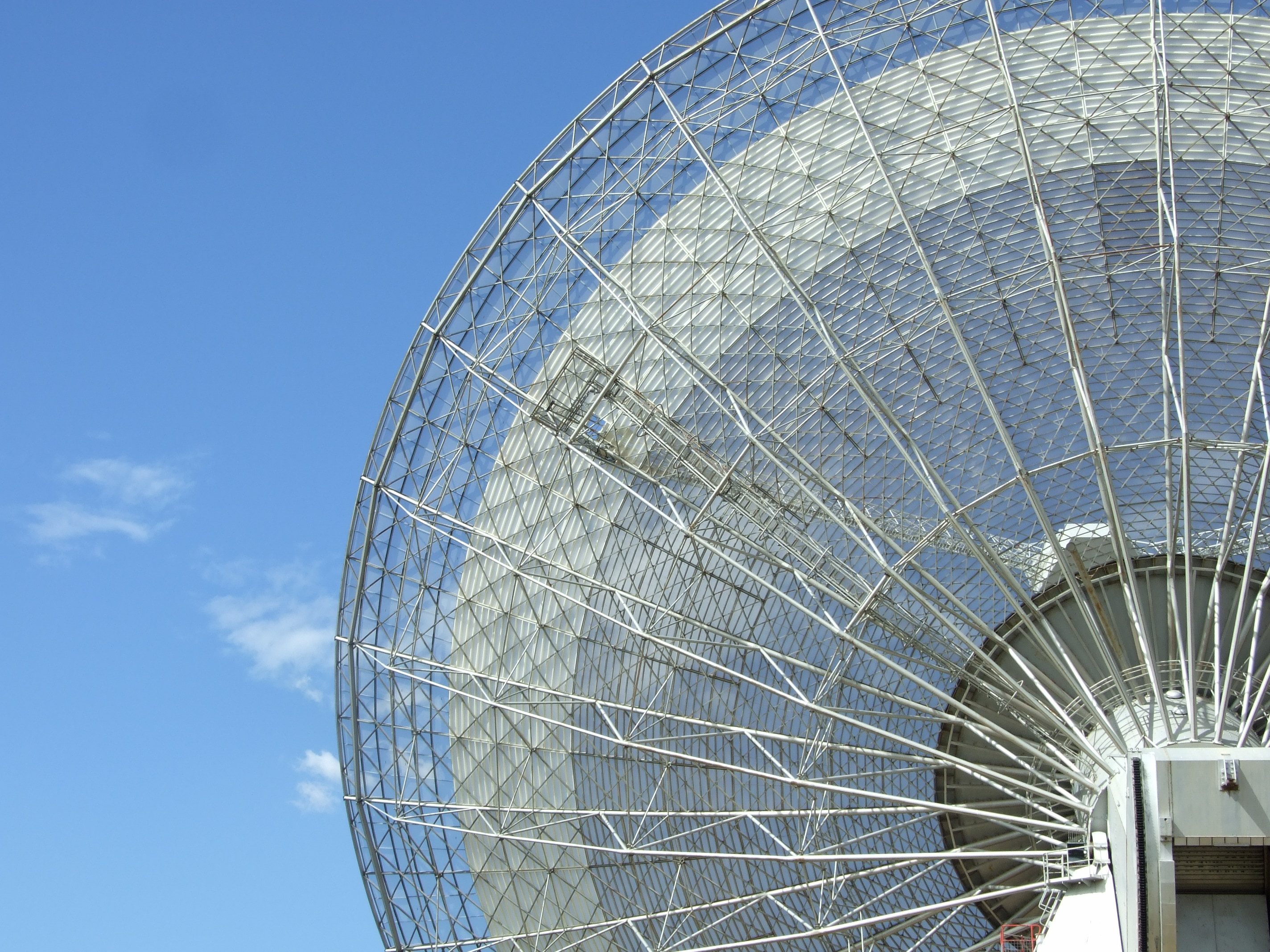
(Photo: Tam/CC BY-SA 2.0)





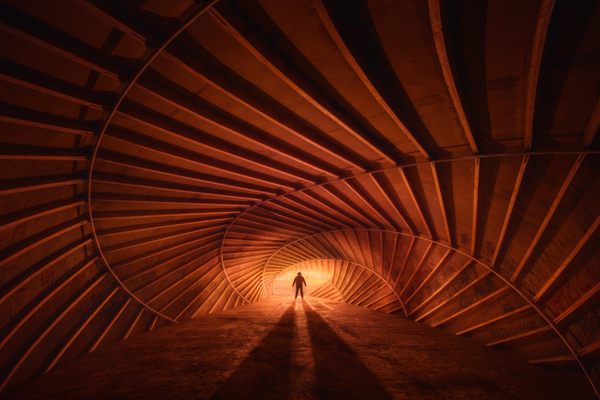



Follow us on Twitter to get the latest on the world's hidden wonders.
Like us on Facebook to get the latest on the world's hidden wonders.
Follow us on Twitter Like us on Facebook